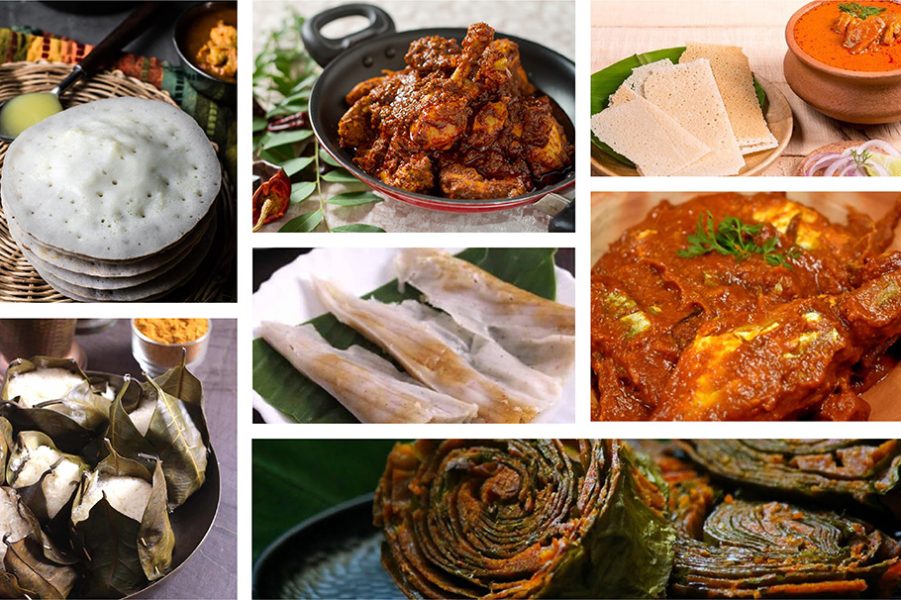
Best Mangaluru foods: From neer dosa to kori rotti to chicken ghee roast

The cuisine of Mangalore, the coastal city of Karnataka, has a unique taste dominated by coconut and strong spices. What makes its food different is that rice is cooked in different ways here – in the form of thin pancakes, rotis, and idlis and, of course, the famous neer dosa. Also, they use a lot of jaggery instead of sugar.
This cuisine from Karnataka, with its rich and distinctive flavours, is very popular in different parts of the country.
Mangalorean cuisine has evolved over time to include the influences and culture of many communities living in the region, like the Bunts, Konkani-speaking Gowda Saraswath Brahmins, Christians and Muslims. Each has its own distinctive dish; like the Tulus are famous for their chicken ghee roast, while the Muslim Byari community are known for their biryani. The Konkani Mangaloreans are known for their scrumptious vegetarian fares like the seasonal tender cashew nut curry and Christians cook their sorportel to perfection.
The Federal sifts through this rich and diverse cuisine to soup up some best must-sample Mangalorean dishes:
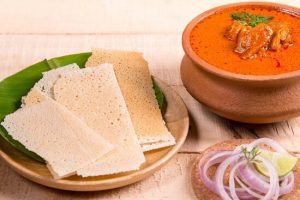 Kori Roti
Kori Roti
If the Tamilians love their idli, which can be teamed up with non-vegetarian curries, Kori Rotti is not just any food for Mangloreans, it’s an emotion. It comes from the Bunt kitchen and is a combo dish. It’s a spicy red-chilli-based chicken curry eaten with flat, crispy and wafer-thin rice crepes made from boiled rice. The chicken curry is also known as Kori Gassi. It is creamy, spicy and the perfect curry for dinner. The roasted spices used in it bring out the best flavours!
Also read: This Hyderabad eatery puts flavours from across India on diners’ plates
Neer Dosa
Literally translates to water dosa, this is a delicacy from Tulu Nadu and most famous in Bengaluru. It is believed to have originated in a family of Kamats from the GSB community of Tulu Nadu.
It is a crepe prepared from ground rice batter and usually has more water in it than any other form of dosa. It is thinly spread over a hot pan and fried. That is why neer dosa is light and goes very well with Mangalorean curries, dry sabzi, and even sambar and chutney.
Mangaloreans, however, love to eat their neer dosa with chicken (kori) sukka. The delicious kori sukka is another signature dish in Mangaluru food which is made by combining dry roast and ghee-roasted spices. The masala contains grated coconut and a variety of spices like red chillies, tamarind etc.
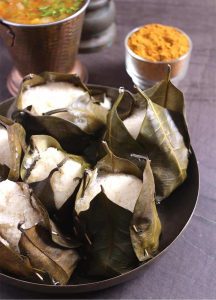
Kottige Idli
This is a kind of idli that is steamed in jackfruit leaf cones. It is the jackfruit leaf that gives the idli a unique shape and exclusive flavour. The trick lies in weaving the mini baskets to be leak-proof. The idli batter is poured to fill 2/3rd of the jackfruit baskets placed upright in an idli steamer. These soft and fragrant long idlis are often eaten with tove, a dal prepared in the Goud-Saraswat-Brahmin Konkani (GSB) style that has lots of asafoetida.
Bangude Pulimunchi
Being a coastal region, fish is a staple diet for Mangaloreans. Bangude is Tulu for mackerel, while puli means tamarind and munchi means chilli. This dish is both tangy and really spicy. Traditionally, this thick consistency curry consists of roasted spices, onions, garlic, and tamarind and is prepared in clay vessels which amplifies its earthy flavours. Bangude pulimunchi is typically served with steamed or boiled rice, however, it can also be paired with neer dosa.
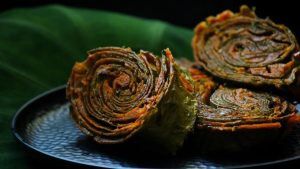 Also read: Climate crisis: Should vegetarian be made default option on menus?
Also read: Climate crisis: Should vegetarian be made default option on menus?
Pathrode
This one is unusual, authentic and very, very tasty. It is a traditional South Canara delicacy made with colocasia leaves and spiced batter. To make this dish, tender colocasia leaves, which grow in most Mangalorean backyards, are smeared with spicy and tangy masala and these are then stacked one on top of the other. The leaves are then steamed. It is then cut up and can be eaten plain, fried, or put in a spicy gravy.
One thing to remember is that not all varieties of colocasia leaves are good for making this dish. The wrong variety can end up causing an itch inside the mouth and throat. This dish is not readily available in restaurants and can only be prepared when the leaves are in season, which is around the monsoons. And, this is the dish for vegans.
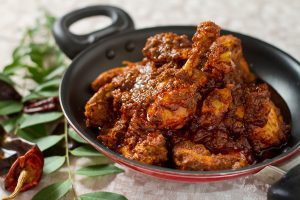 Chicken ghee roast
Chicken ghee roast
Chicken ghee roast originated in the 1950s in a small restaurant called Shetty Lunch Home in Kundapura. Today, the recipe is a closely guarded secret among the Shettys. But you can taste the authentic dish at Shetty Lunch home in Mangalore even today.
The recipe includes slow cooking of chicken in oodles of ghee and a secret masala which is made out of red Bydagi chillies and various other spices.
The sweet dishes in Mangalore food
Haldikolyache patholi is a typical Mangalorean sweet dish that is made with steaming rice and coconut-jaggery mixture wrapped in turmeric leaves.
This traditional monsoon delicacy has a syrupy coconut-and-jaggery mix that is stuffed in rice pockets steamed in turmeric leaf. It is a syrupy blend of desiccated coconut and jaggery pressed between sheets of rice steamed in turmeric leaves. This traditional monsoon recipe’s Konkani and Maharashtrian versions go by the names patoli and patolya respectively.
Blend rice flour, salt and water and smear the dough across clean and dry manjal da irre (Tulu for turmeric leaf). Smear copious amounts of roasted coconut, jaggery and cardamom powder on top. Fold and seal the ends of the leaves and steam until cooked. Peel the leaf—and bite into the piping hot, dumpling-textured rice pocket that oozes molten jaggery.
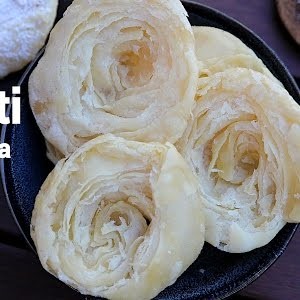 Chiroti
Chiroti
A traditional wedding dessert, chiroti is also called Padhir Peni or Penori. Chiroti is a deep-fried, layered snack that is made from all purpose flour/semolina and then dusted with sugar.


